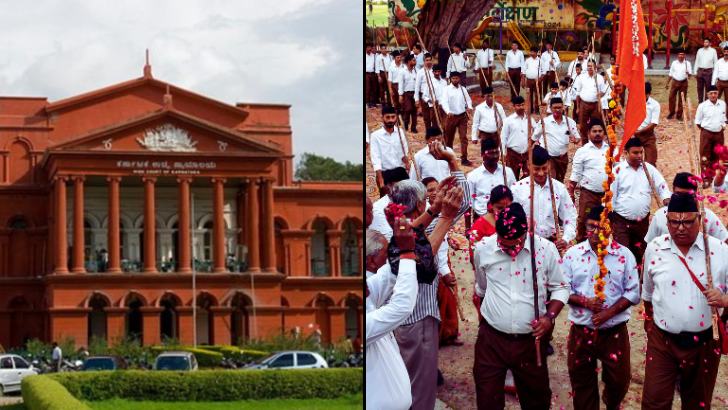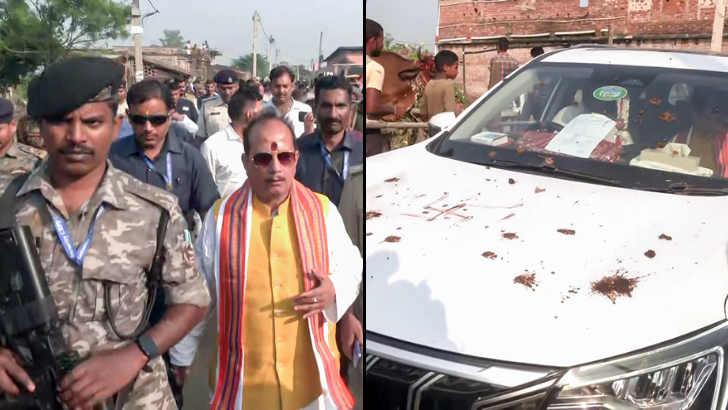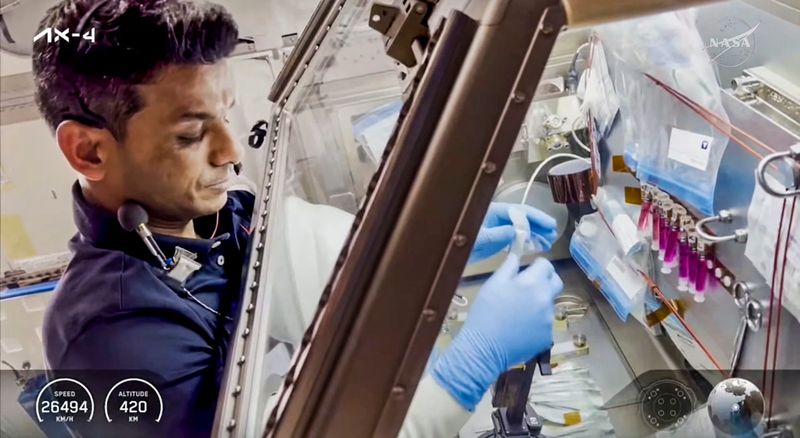Studies misused to justify SO2 rollback: Report
Despite warnings from experts, India has eased SO₂ norms for coal plants, delaying pollution control and risking public health impacts.
PTI
-
Centre for Research on Energy and Clean Air (CREA)
NEW DELHI, 13 JULY
Before India
significantly relaxed sulphur dioxide (SO2) emission control norms
exempting a large number of coal-fired power plants, an independent analysis
had warned that key scientific studies being cited to justify the move were
riddled with contradictions and risked undermining public health.
In an analysis
released last month, the Centre for Research on Energy and Clean Air (CREA)
alleged that studies by institutions such as NEERI, NIAS and IIT Delhi were
being "selectively used to justify inaction" by power plants across
the country, which continue to delay the installation of flue gas desulphurisation
(FGD) units to control SO2emissions – a
major air pollutant.
India established
stringent sulphur dioxide emission standards for coal-based power plants in
December 2015, requiring compliance within two years.
Even after
multiple extensions, 92 per cent of coal-fired power plants have not yet
installed flue gas desulphurization units to control SO2 emissions, a major air
pollutant that converts into fine particulate matter (PM2.5) and causes a range
of diseases.
In a notification
dated 11 July, the environment ministry again extended the SO2 compliance
deadline for coal-based power plants located within 10 km of the National
Capital Region or cities with over one million population from December 2024 to
December 2027.
The examined
plants in critically polluted or non-attainment areas will now be assessed on a
case-by-case basis, while those located elsewhere have been fully exempted,
provided they meet stack height criteria.
Of around 600
thermal power units in India, 462 are Category C units and 72 are Category B
units.
The ministry cited
"many studies" as one of the reasons for this move, along with
techno-economic concerns, COVID-related delays and a recommendation from the
Ministry of Power.
Jairam Ramesh, Congress communications head
The Modi Government has already achieved the dubious distinction of having made India the global leader in sulphur dioxide emissions.…. The Ministry claims that sulphur dioxide levels in India are largely within the limits of the National Ambient Air Quality Standards (NAAQS). As we have repeatedly pointed out, the NAAQS were last updated in 2009, when the prevailing levels of particulate matter and emissions were of a decidedly lower order.
Leave a Reply
Your email address will not be published. Required fields are marked *








.jpg)







.png)
.png)
.png)
.png)
